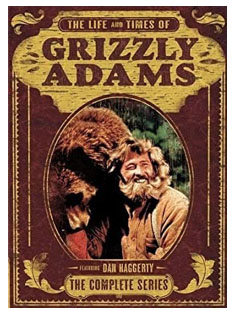
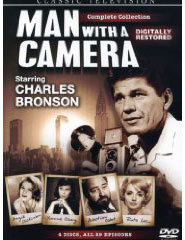



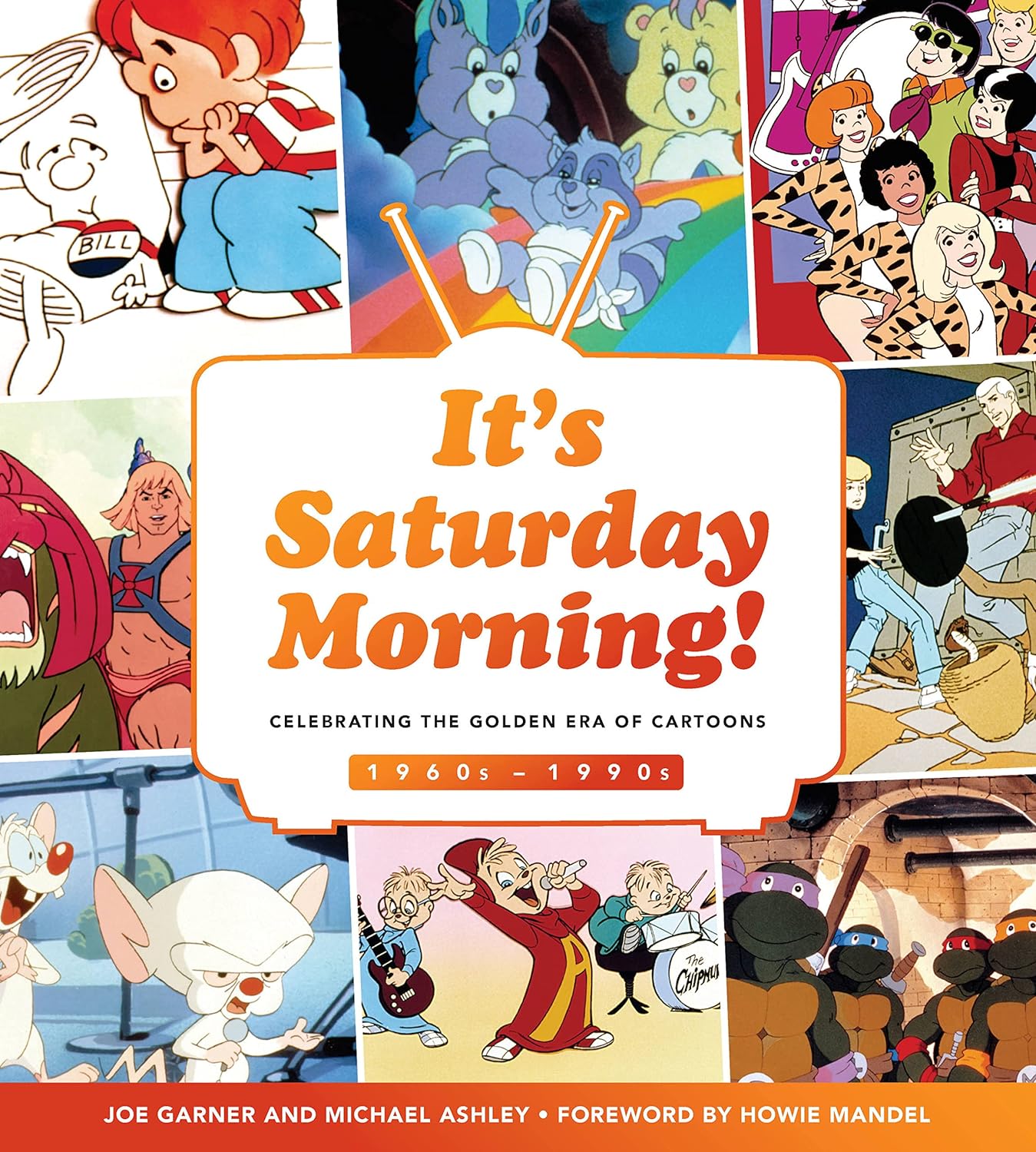
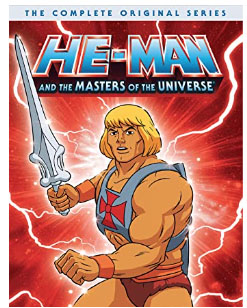
 |
 |
 |
 |

|
 |
 |
|
Please consider a donation
so we can continue this work!
Amazon Prime - unlimited streaming PR4 & PR5 Pages for Advertising 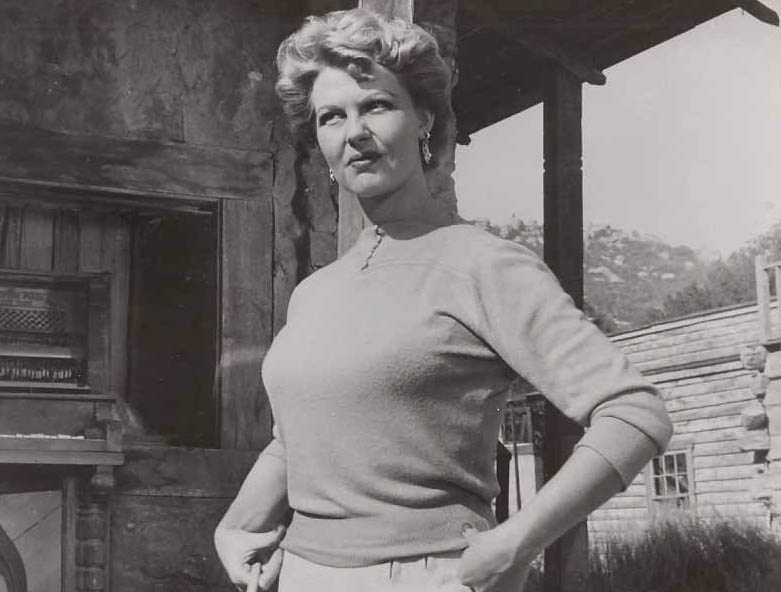
|
by Cary O'Dell For actress Mary Castle, her startling resemblance to movie star Rita Hayworth was a double-edge sword. While her likeness opened the door to a film, and later TV, career it also seemed to forever limit her. But, sadly, it was not so much her Hayworth resemblance as much as it was the bottle that compromised Castle’s career and almost ended her life, and which saw to her sad progression from a promising young talent into, first, a gossip column fixture and then obscurity. Mary Castle began life as Mary Ann Noblett in 1931 in Pampa, Texas. (Interestingly, she was also a distant cousin of future “Beverly Hillbillies” star Irene Ryan.) Later, she and her parents moved to Long Beach, California. At age 16, Mary Ann gave birth to a daughter out of wedlock. Later, and not surprisingly, none of her early, extensive Hollywood press coverage made any mention of her young motherhood. Extraordinarily pretty, Mary Ann began working as a fashion model while still in her teens. Legend has it that a movie agent sought her out when, while in the waiting room at his dentist’s office, he spotted a photo of Mary in a magazine where she was modeling a snug white bathing suit. The timing—at least for Columbia Pictures—could not have been more perfect. Columbia’s biggest star at that point was Rita Hayworth but Hayworth had just run off to Europe, caught up in her romance with Aly Khan. The studio was on the lookout for someone to replace the great “Gilda” or, at least, to use as leverage to bring her back into the fold. Mary’s stunning resemblance to the original “Love Goddess” completely fit the bill. Soon, Noblett was signed to the studio was rechristened “Mary Castle” and she was soon submitting herself to six intense months of all-day training in everything from acting to dancing to speech to, reportedly, fencing. She also got the big studio build-up where she was heralded in the press as the “Woman who looks more like Rita Hayworth than Rita Hayworth!” And, at the time, the press did eat up Castle’s uncanny resemblance with many newspapers and fan mags posting side-by-side photos of the two women. In August of 1950, a reporter even went so far as to compare the two ladies measure by measure, noting that Rita’s hips were 36 inches while Mary’s were 36 and a half. (A possibly apocryphal story says that the studio even subjected Castle to plastic surgery soon after her signing to further enhance her Hayworth-ness.)
Sadly--and Marlene Dietrich notwithstanding--for almost any actress ever promoted by a studio as the “Next Garbo” or the “Next Monroe,” she is almost never able to emerge out from under the shadow of the star they were groomed to replace. Even among the more successful ones, like Anna Sten and Jayne Mansfield, they still end up with the cinematic equivalent of crumbs. Still, the studio’s PR machine kept at it in regard to Mary Castle. In December 1950, a group of Hollywood publicity men made a list of moviedom’s newest dames destined to succeed. Their “Baby Stars of 1950 Most Likely to Succeed” was an interesting and polarizing list. While a couple of the names on the list had very long and legendary careers—Piper Laurie and Debbie Reynolds—others on the list had sad, sad fates. One of them, Barbara Bates, ended her life in a suicide at age 44, and another, Barbara Payton, descended first into skid row prostitution and then the bottle, dying at the age 40. Later that same month, there was a short newspaper write-up about Castle’s role as a hit-and-run victim in a forthcoming movie titled “Criminal Lawyer.” Hauntingly, that short mention had a prophetic headline: “Into the Gutter.” Castle also became a popular pin-up. According to one newspaper from March of 1952, she was named the “No. 1 Dream Girl” of a group of Marines serving in Korea. After a few very small and uncredited roles, Castle had her first meaningful movie parts in the films “Prairie Roundup” and “Texans Never Cry,” both westerns released in 1951, the latter starring Gene Autry. But Castle’s reach to become the world’s “new” or “next” Rita Hayworth was quickly truncated. When, not long after Castle’s hire, Hayworth returned to Hollywood (and Columbia), the studio suddenly had little use for Mary. They soon severed Castle’s contract. Still, Castle tried to take it in stride, later telling the press, “I want to be an actress on my own—not a plaster-cast of anyone else,” and later joking that she was tired of Rita Hayworth going around town looking like Mary Castle! Before that part of her career so abruptly ended, Castle was able to have a couple of good, high-profile parts, notably in the film “Eight Iron Men” in 1952. But she was soon relegated to minor, subpar movies and, frequently, TV guest spots. Having cut her teeth in films in westerns, Castle returned to the genre, with some success in 1954 via a new television series. The series was the half-hour, syndicated western “Stories of the Century.” Co-starring on the program was Jim Davis, later, of course, to obtain immortality as Jock, J.R.’s dad, on the primetime soap “Dallas.” Davis and Castle co-starred as railroad detectives out to protect the rails’s passengers and their valuables.
In her role as a lady law-enforcer--like a surprising number of women on TV of that era—Castle shows both grit and gumption in her role and the show, deployed in 1954-1955, broadcast 39 episodes. Castle appeared in all but the last 13 episodes of the series, when she was replaced by actress Kristine Miller. The reason for her departure from the program was never published. After “Stories,” Castle returned to some more B- and C-grade films and various one-off guest spots on shows like “Ozzie and Harriet,” “Bob Cummings,” “Dragnet” and “Perry Mason.” But, her career decline seemed to have far less to do with her looks or talent than it did with her various personal problems. Soon, any mention of her in the press had to do with court proceedings and the like, not any acting appearance. Castle was married three times. But each union was quite short-lived and seemed to endure longer in the gossip columns than they did in real life. Her first marriage, to bigtime Texas oil man, William Grant Minchen, was practically over before it started; it lasted, legally, only from 1957-1959 with the two filing for divorce in January of 1958. In their dual filings, both charged the other with cruelty. Castle also requested financial support during their separation. A month earlier, Castle had made some other unfortunate headlines. She had been arrested in Hollywood on a drunk charge after police found her and Grant engaged in a loud spat just outside their car while “their” (actually Mary’s) 10 year-old daughter sat and cried in the backseat. Later, after being escorted home, Castle became belligerent with the officers calling them “punks” and kicking and biting them. She was promptly hauled off to jail in West Hollywood but released the next morning. And thus began Castle’s sad descent. Though she continued to act some in guest spots on TV and in highly forgettable films, mainly Castle seemed to devote herself to alcohol and the results of her drinking got her frequently mentioned in newspapers nationwide. She was in the news in late 1959 due to a bizarre story where she was, supposedly, twice saved from drowning on the same day on the beach at Malibu. Though the papers described her as having gone swimming before becoming overcome by the waves, and then, after being rescued by a bartender who had spotted her from the shore, “mistakenly” running back into the surf, most later assessments of this incident categorize it as a suicide attempt. About a month after the near-drowning incident, Castle was arrested when she was found drunk in her car. Taken to the jail in Beverly Hills, Castle was found semi-conscious the next morning by the matron. Earlier that night, she had fashioned her dress into a noose and attempted to hang herself in her cell. Sadly, this would not be the end. In early 1960, Castle filed for bankruptcy claiming that her former husband, Grant, had abandoned her with over $20,000 in debts. It was also reported that she had now given up “show biz” to work as press agent for something called “New Orleans Kitchen” gourmet specialties. A second marriage then occurred in September 1960 when Castle walked down the aisle to become Mr. Wayne Cote; he was described in the press as an insurance detective. But, by August of 1961, it was reported that Castle was now seeking an annulment. Then, in September 1963, it was reported that the former actress and Hayworth lookalike was now working as the hostess at the Garden Room Restaurant at the Hollywood Roosevelt Hotel. In February 1964—two years after her last acting job on an episode of “Gunsmoke”--Castle was back in the news and, in many newspapers, pictured, still attractive (of course, she was only 33 years old). This time she was being jailed in LA for a variety of offences including speeding and not possessing a driver’s license. Finally, there would be one more, again, very short marriage. She married an Edward Freeza in May 1971 but they were divorced by 1972. And, after that, not much was heard from Mary Castle. It is believed that she that she reverted back to her real name and, as Mary Noblett, settled in Lodi, California, living, it’s been reported, not far from her now adult daughter. It’s not known if Castle/Noblett ever got help for her drinking. It does seem though that she might have achieved some sort of personal peace--the press that had once so doggedly tracked her ascent and fall remained silent about her in terms of her later years. Ironically, Castle’s doppelganger, Rita Hayworth, closed out her life in a sad state as well. She was afflicted by Alzheimer’s disease, which, after years of being undiagnosed, was often mischaracterized in the press as drunkenness. Hayworth passed away in 1987. About ten years after Rita’s passing, in April of 1998, the former Mary Castle also passed away. Reportedly her death was from lung cancer; she had been residing in Palm Springs. Almost no newspaper, at the time, noted her passing. |
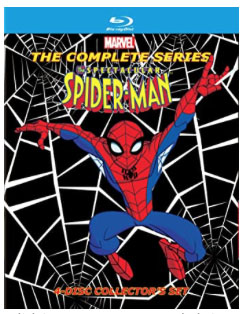
|
 |
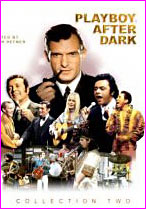
|
 |
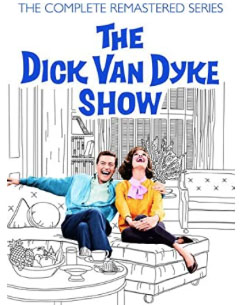 |
|||
|
|
||||||||||
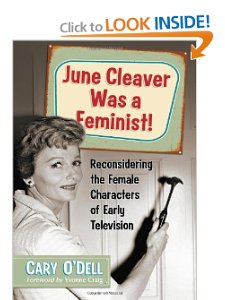 |